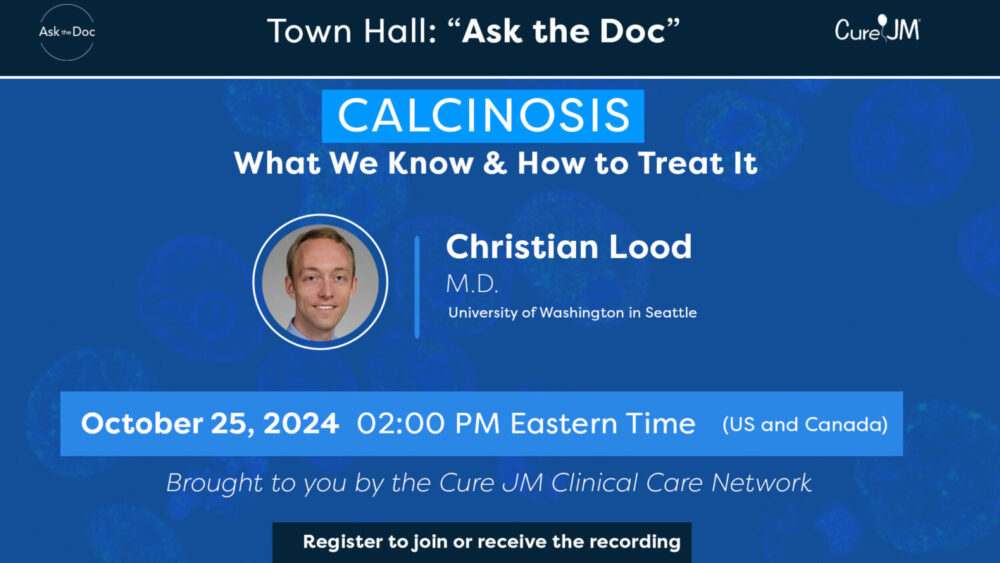Second-Line Treatments for Juvenile Myositis
Second-line treatments refer to options beyond steroids and methotrexate. They are designed to manage JM while reducing reliance on those medications.
We understand that adding new treatments to your child’s regimen can be intimidating. However, rest assured that your doctor has carefully considered the benefits and risks of each option to design the best treatment plan for your family.
Treatment plans are tailored specifically to your child’s needs, and there are often several good options. We encourage you to review all alternatives with your doctor at every visit. Your doctor understands your child’s unique situation best.
It’s also important to discuss the risks of untreated inflammation—which can lead to permanent damage—as this is a key reason for using these treatments.
Questions? Contact familyeducation@curejm.org
When is a Second-line treatment Considered:
- Second-line treatments sometimes get a bad rap. But they are a good thing!
- They can help control inflammation while reducing more toxic medications, such as prednisone and methotrexate.
- After prednisone is tapered, second-line treatments are often used to maintain inflammation control without having to go back to steroids.
- Second-line treatments can also be used to reduce the use of methotrexate for some children. If methotrexate isn’t working for your family, due to anxiety or side effects, please discuss all your options with your doctor.
- The goal of second line treatments is to find the right treatment that works well for your family and lifestyle. There is no “right answer” as each treatment plan is tailored to your individual child.
- We encourage every family to ask at every visit: Here is how the treatment plan is affecting my child (side-effects, lifestyle). Can we discuss all of our treatment options?
Additional Considerations:
- For more information, watch our “Ask the Doc” session on second-line treatments: Understanding Second-Line Treatments and Side Effects.
- Currently, there are no FDA-approved treatments for juvenile myositis. All available therapies are used “off-label”. This can sometimes make them hard to get approved by insurance companies. Learn about discounted or free medication here
- Medications are one vital part of your treatment plan. We recommend you also talk to your healthcare provider about how exercise, sleep, nutrition and emotional support can play a role in your health and recovery.
- If you are taking any supplements at all, please inform your healthcare provider. Some seemingly healthy over-the-counter supplements may be dangerous for juvenile myositis patients.



